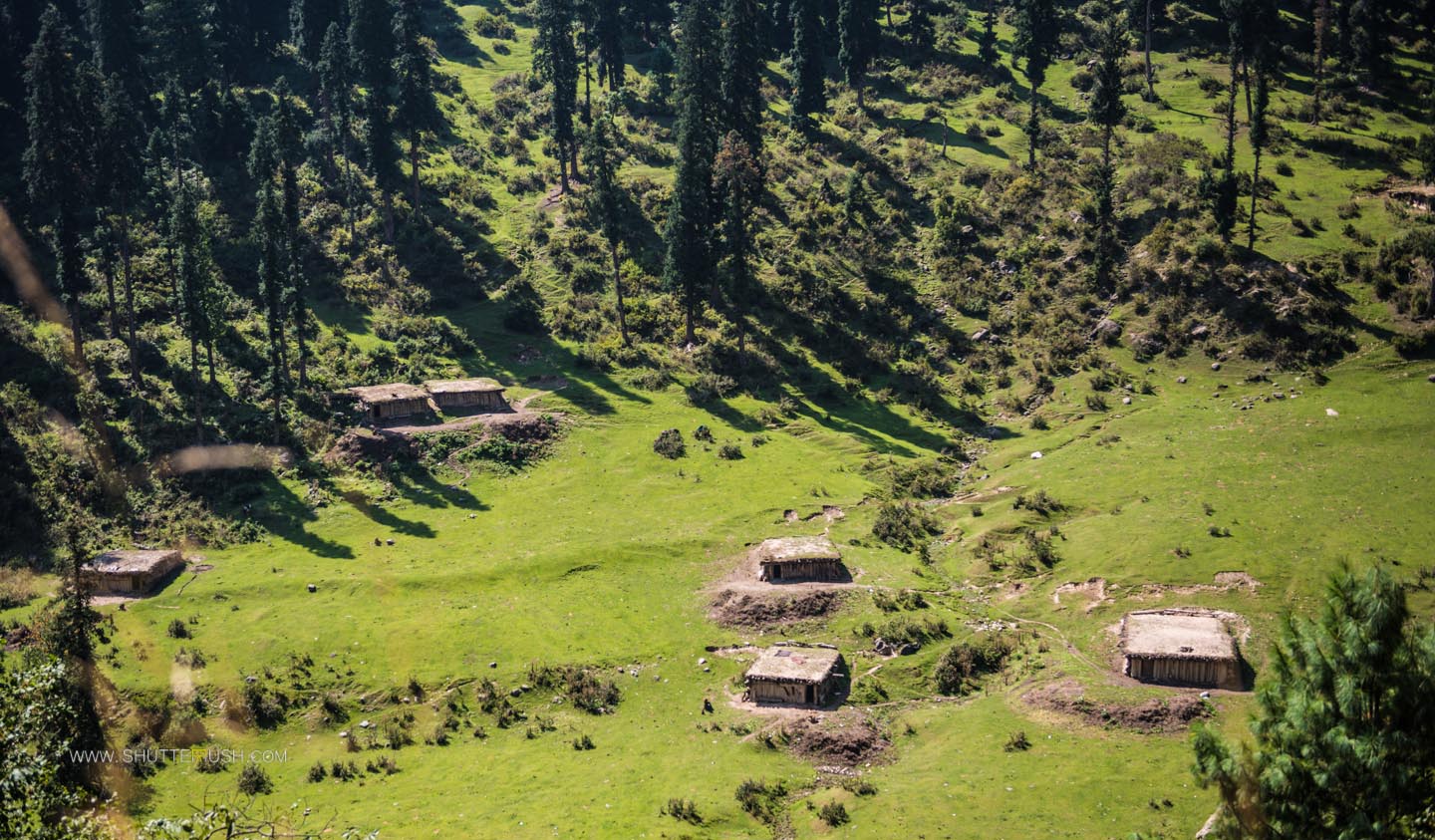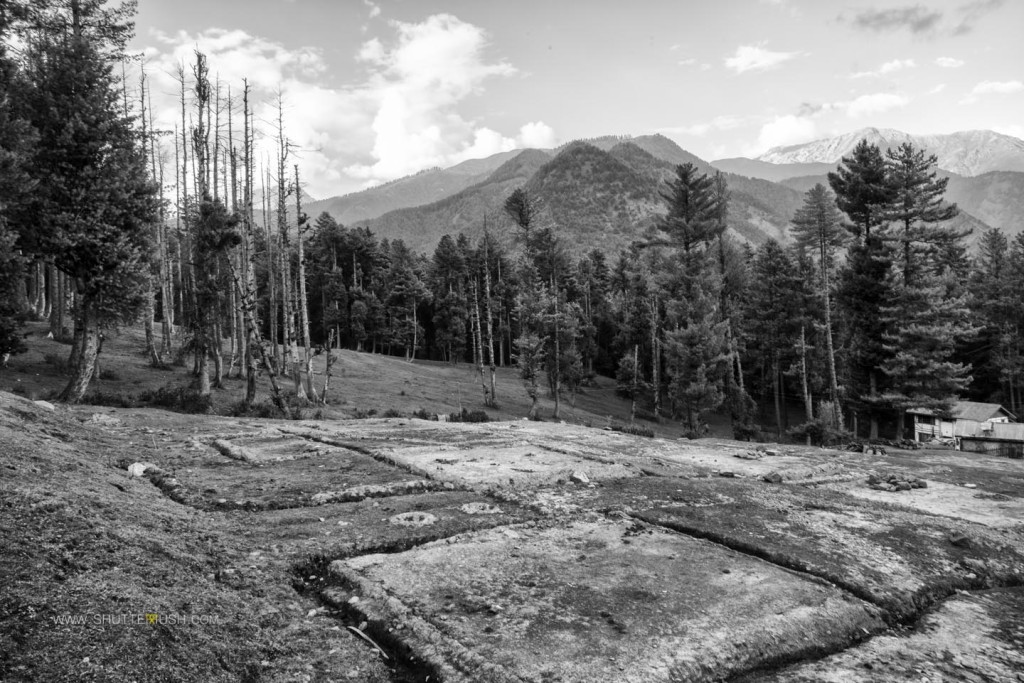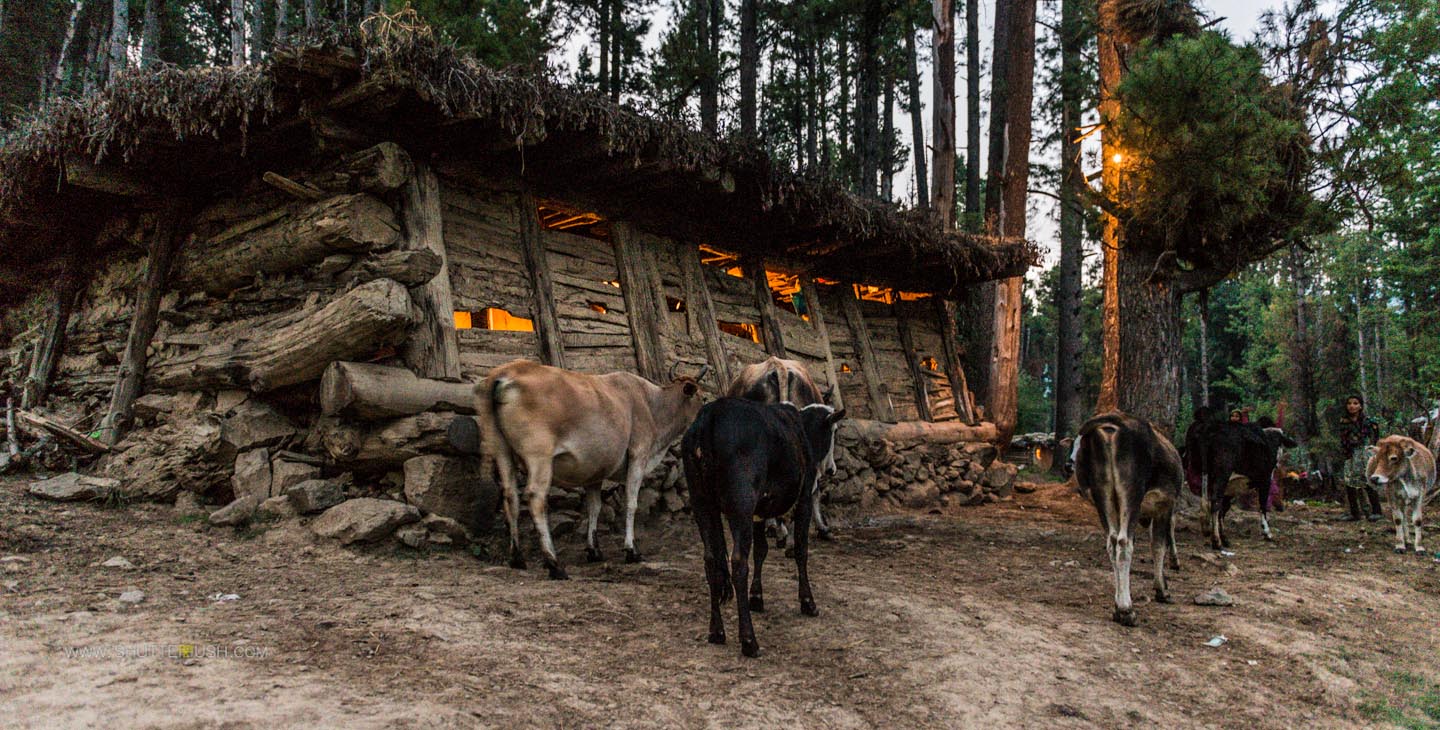I remember reading Anne Frank’s ‘The Diary of a Young Girl’ during my college days. One thing that still lives fresh in my memory is an instant where she mentioned about how it is important for unhappy, afraid or lonely people to go outside, somewhere where they can be alone with heavens, nature and God. Once outside, amid nature, one will feel how much God wants him to be happy and he will eventually seek comfort.
I, truly believe that nature is the most wondrous thing that God has given to the mankind. It brings solace to the otherwise, disrupted life. We were in Kashmir, in nature’s lap. Could it get any better than this? Yes, it did!
Our next stop was Pahalgam meaning ‘Valley of Shepherds’. The crystal clear water of the Lidder river, huge green mountains with layers of forest covers, the clucking sounds of the horses’ hooves, herd of sheep and the shepherds around made a ‘picture perfect’ moment for us. En route Pahalgam from Srinagar were wide vistas of apple farms. The farms spread way farther as eyes could see. Hundreds of apples grew on one tree and we could see thousands of them in the farm. This was an image we could only dream of. Seeing the luscious red fruits hanging from numerous trees, I think how difficult it must have been for Adam and Eve to resist. We indulged into temptation and bought a few freshly plucked apples at a quarter of the price we are made to pay in the cities.



Apple farm enroute to Pahalgam, Kashmir

The visitors to Pahalgam take horse rides in the entire area. It is the usual scenario there wherein only a few visitors travel by foot, if you have stamina, of course. Our horse ride to Baisaran and Aru Valley was the most enjoyable.


Aru Valley, Kashmir


We really need to mention the delectable and artistic preparation of a multi-course meal called Wazwan which was served to us by our hotel chefs. This traditional Kashmiri meal consists of 36 course, most of which are meat-based. Some of the dishes are cooked overnight. We were served the meal in a large metal plate called the traem. We settled for the basic 7 dishes that were Rista, Rogan Josh, Tabakh Maaz, Daniwal Korma, Aab Gosh, Gushtaba and Marchhwangan Korma. After a toothsome meal, we rested the entire night in our hotel room.
We went for a hike the next day near our hotel. The better part of the trip started here when we encountered the nomadic shepherd tribe or rightly called as Bakarwal (or Bakharwal). It is the semi-nomadic shepherd/goatherd community of Jammu and Kashmir who follow the ancestral tradition of migrating to higher altitude meadows in search of green pastures for their livestock. Once the grasslands are grazed, the tribe moves uphill for fresh pastures. The family members leave behind their homes in the lowland of the Pahalgham valley and accompany the others in this migration. The makeshift homes they make with stones and logs disappear with the changing seasons, as the snow covers about 12-14 feet above the ground in winters.

Bakarwal Tribe Make shift huts, Pahalgam Valley, Kashmir



Bakarwal women and kids at home, Pahalgam, Kashmir. ( More Images here …)
The next two days of our stay at Pahalgam, we spent most of our times with the Bakarwal tribe. We took a few shots of the picturesque landscape and spent time with the women and children of the houses while the men were out for work. Minimal kitchen utensils and the basic paraphernalia was all that these simple houses contained . The surrounding valley area was covered with empty patches of ground, mostly where they once built their houses on. The sheep, cows and chicken were their best friends. Nature was their big home.



The blissful smile that the Bakarwals wore on their faces, full of warmth was a soul-stirring experience for us. Despite such tough nomadic life that they chose to live in, there is something infinitely ethereal that nature has bestowed onto them. You have to see it, to believe it!
Right outside these huts was the most amazing Panoramic view of the Pahalgam Valley. Here’s a small timelapse of the evening. To view it in HD please click on the vimeo text on the bottom right corner of the frame.
Editor: Devika Sisodia